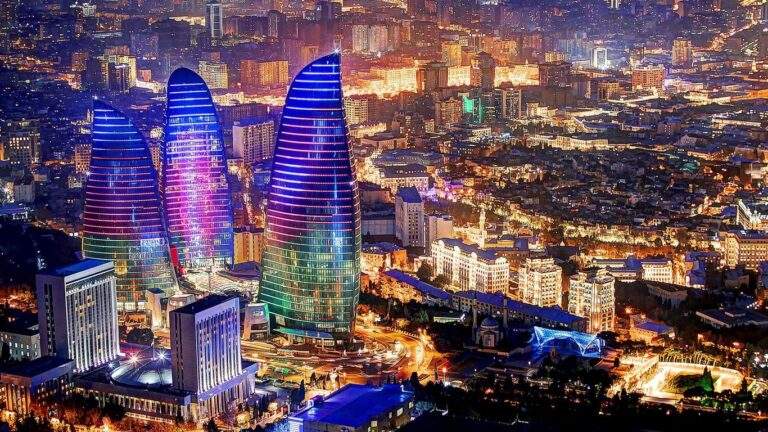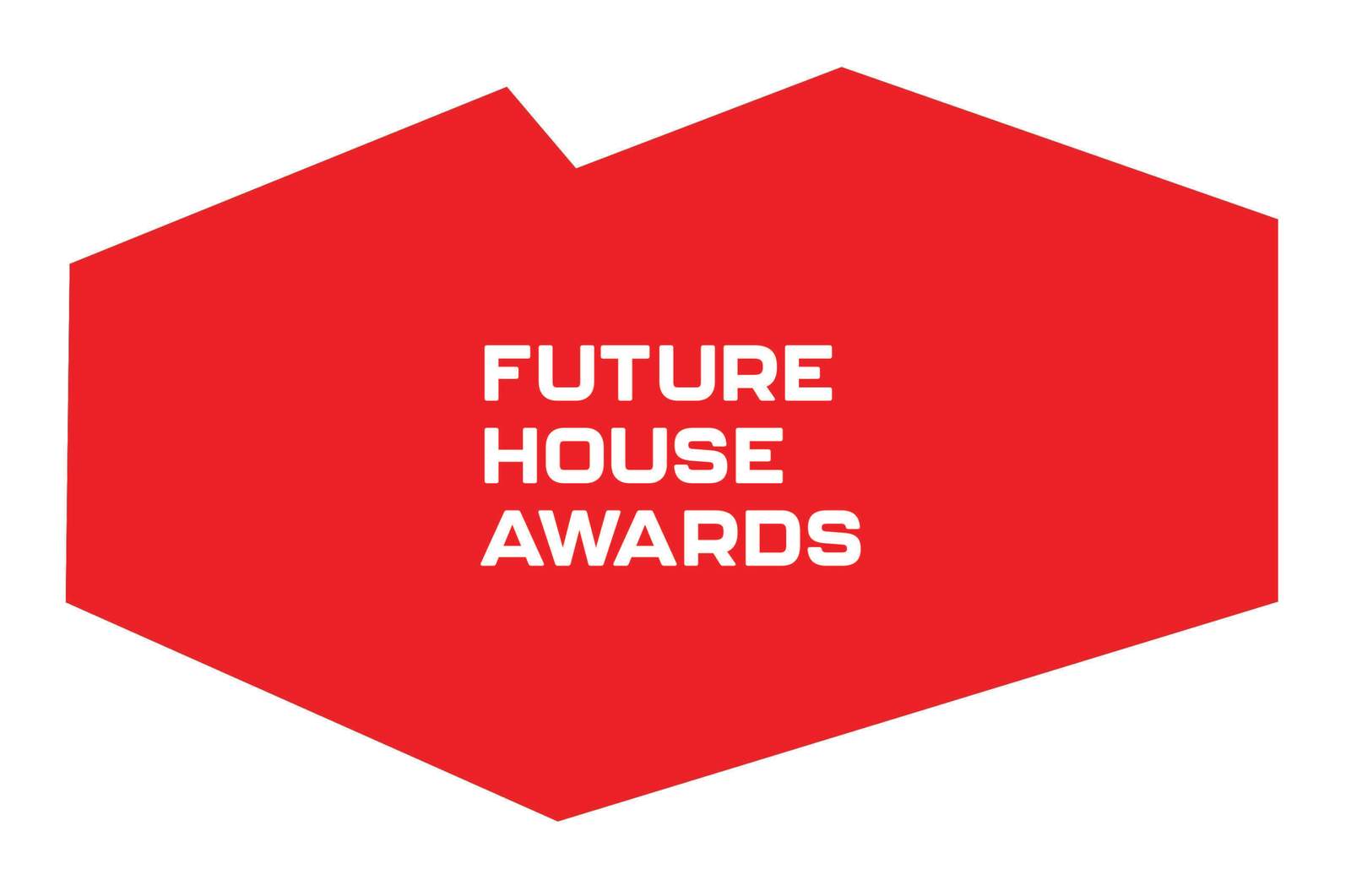Ever wondered why some cities just feel right ?
Why one street feels inviting to walk on, while another feels exhausting?
Urban planning and design play a crucial role in making some neighborhoods seem connected to their people, while others feel lifeless.
The answer lies in urban planning and urban design two essential fields that make the difference between an ordinary city and one that truly matters to the people who live in it.
What’s the Difference Between Urban Planning and Urban Design?
It’s easy to confuse the two, but here’s how they differ:

- Urban planning is like drawing the roadmap for the future. It decides where schools go, how land is used, and what kind of infrastructure a city needs.
- Urban design is what comes next the process that gives shape to that plan. It makes the city not just functional, but enjoyable.
Let’s break it down with a simple comparison:
| Aspect | Urban Planning | Urban Design |
|---|---|---|
| What gets decided? | Where hospitals, schools, industrial zones go | How these places look and connect |
| Scale | Whole city or region | Neighborhood, street, or plaza |
| Timeframe | Long-term plans (5–20 years) | Short to mid-term projects |
| Focus | Land use, economy, infrastructure | Experience, visual harmony, safety, beauty |
Urban Planning: The Right Start for a Future-Ready City
Urban planning isn’t just about maps and zoning. It’s a comprehensive process that considers everything about a city — from its geography to the needs of its people, from climate to cultural history.
What does urban planning cover?
- Site analysis : Is the land mountainous or coastal? Does it face environmental risks?
- Land use breakdown : Where do homes go? Markets? Factories? Public spaces?
- Current condition assessment : Are there informal settlements that need upgrading? Are existing buildings serving the community well?
- Community and economy understanding : Who lives here? What are their skills? What do they need to thrive?
- Environmental sustainability : How can we protect nature while building?
- Local laws and regulations : What rules must be followed during planning?
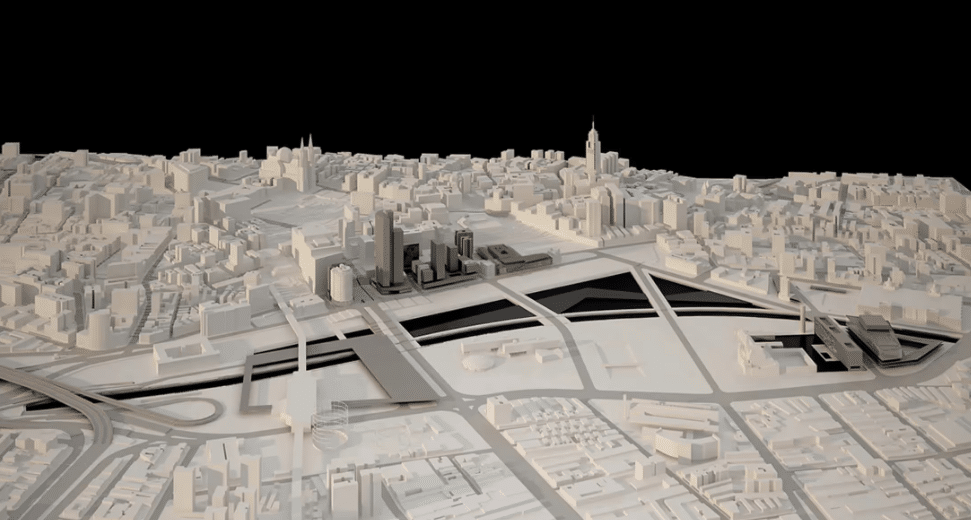
Its main tasks:
- Distribute land uses fairly and logically.
- Build a comfortable and efficient transportation network.
- Provide education, health, and recreational services.
- Ensure ecological balance isn’t disrupted.
- Support economic growth in a balanced way.
Urban Design: Where Life Begins in the City
If urban planning is the brain, then urban design is the heart. It’s what gives the city its soul and turns a plan into a real place where people can interact and feel at home.
What is urban design?
It’s the art and science of shaping public spaces so they’re comfortable, safe, and beautiful.
It’s not just about buildings it also includes:
- The layout of streets and plazas.
- How people move through space.
- The relationship between buildings and open areas.
- Integrating nature into the built environment.
Dimensions of urban design:
| Dimension | Description |
|---|---|
| Aesthetic | Does the city have a unique identity? Does it look good? |
| Functional | Are streets safe? Is walking easy? Is access convenient? |
| Social | Are there spaces that encourage meeting and interaction? |
| Environmental | Are green spaces included? Are natural resources used responsibly? |
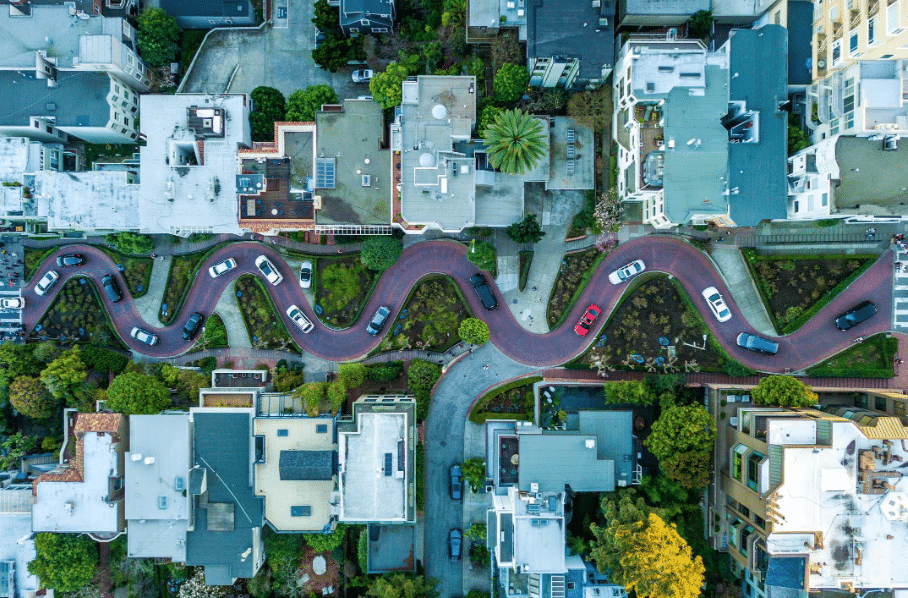
Key responsibilities:
- Designing streets, squares, and pathways.
- Creating green spaces and parks.
- Shaping the relationship between and around buildings.
- Defining the visual identity and landmarks of the city.
- Landscape coordination and beautification.
Why They Matter More Than Ever Today
In a world moving fast, urban planning and design have become more than just technical fields — they’re tools to tackle today’s biggest challenges:
1. Climate Change
- We need climate-resilient cities:
- Strong drainage systems.
- Energy-efficient buildings.
- Eco-friendly construction materials.
2. Rapid Population Growth
- By 2050, nearly 68% of the global population will live in cities.
- That means we need cities that can handle this growth without breaking under pressure.
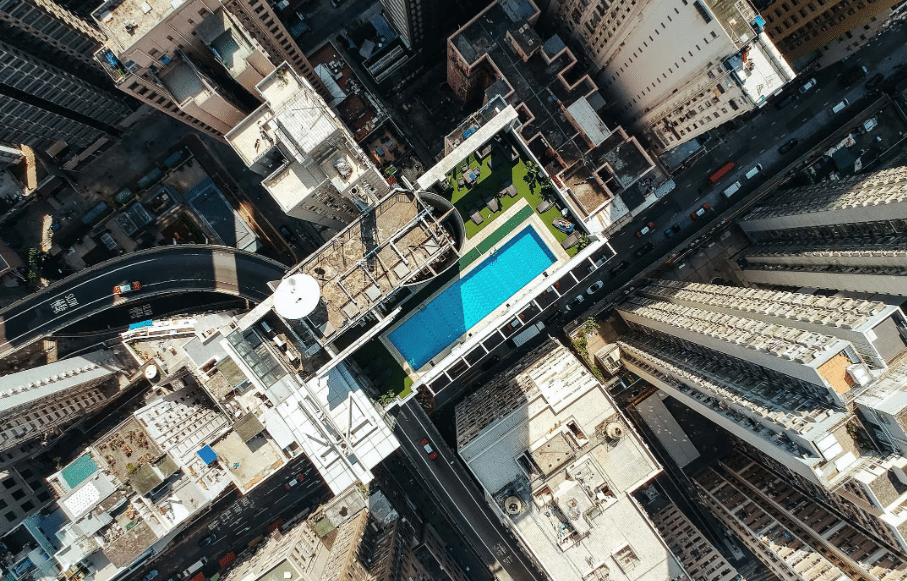
3. Improving Public Health
- Urban design directly affects human well-being:
- Walkable streets and bike paths.
- Reduced noise and air pollution.
- Natural spaces integrated into the city.
4. Enhancing Quality of Life
- Well-planned and designed cities aren’t just places to live they’re places you enjoy being in.
- Safe, comfortable spaces that make you feel like you belong.
5. Leveraging Technology
- Using AI and data analytics to improve urban decisions
- Applying smart city concepts to make services more efficient.
ArchUp isn’t just a media platform it’s a bridge between reality and innovative urbanism. We follow developments in urban planning and design closely, sharing inspiring ideas and practical solutions that help architects and planners do better work.
Our goal: to highlight new thinking, inspiring examples, and actionable solutions that shape the future of our cities.
In Conclusion
Urban planning and urban design aren’t just technical processes they’re visions for the future, and philosophies of shared living.
A well-planned and beautifully designed city isn’t only a place to live it reflects our culture, values, and dreams.
Because cities aren’t just spaces we build they’re spaces we live in.
Did you enjoy this style of writing?
Share it with your fellow architects, planners, and urban enthusiasts, and don’t forget to follow ArchUp across platforms to stay ahead in the world of architecture and urban development.


